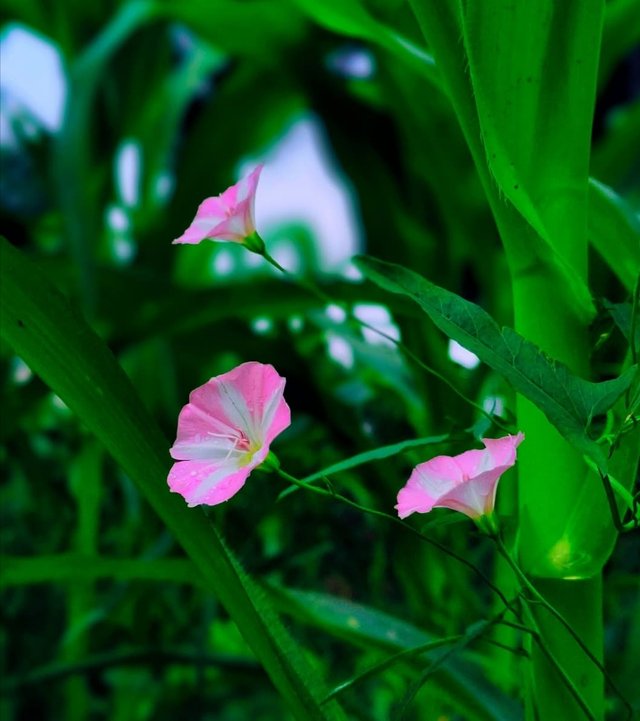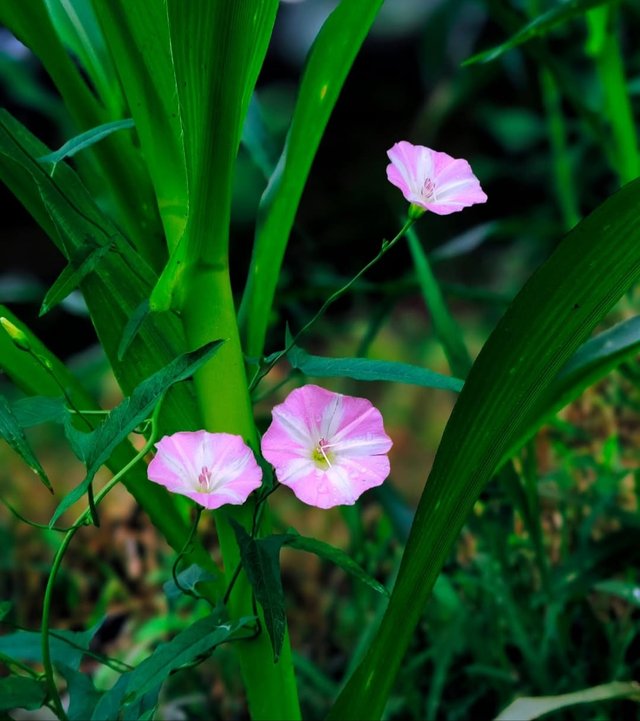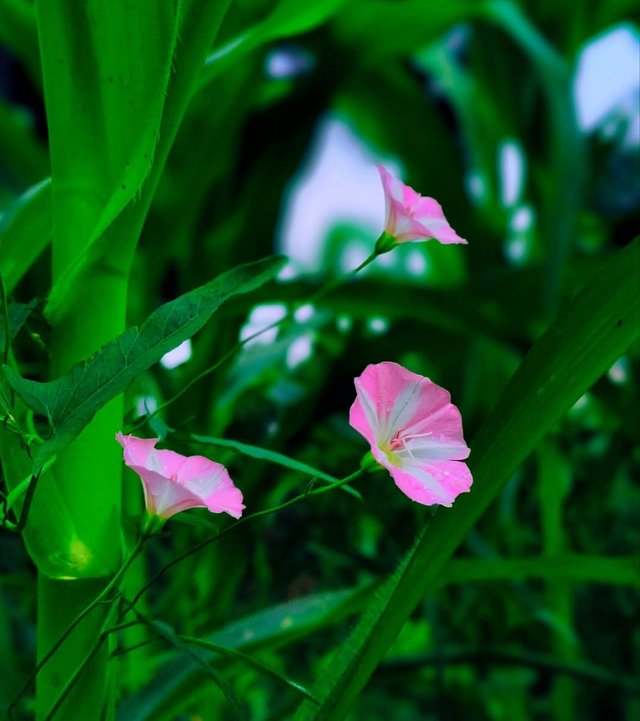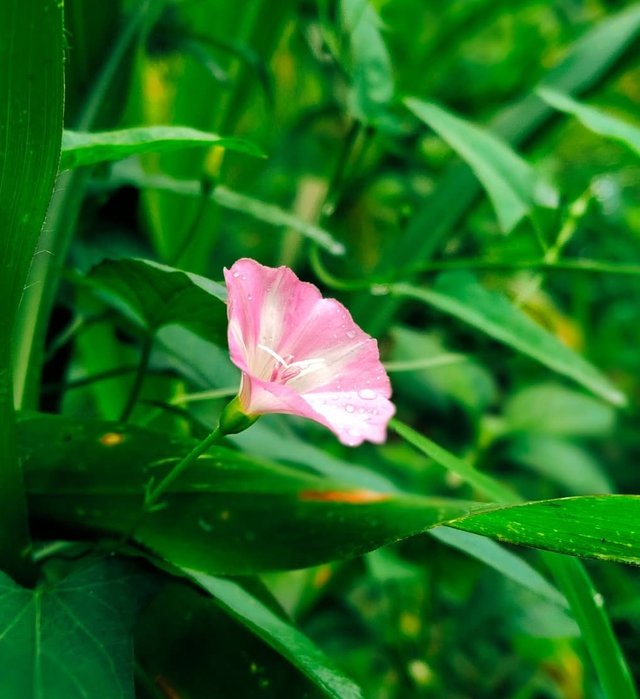Field Bindweed Flower
Field bindweed is a perennial vine that has earned both admiration for its delicate beauty and frustration for its invasive, persistent nature. Recognizable by its slender, twining stems and trumpet-shaped flowers that resemble miniature morning glories, field bindweed is often seen climbing fences, weaving through crops, or spreading across open fields. While its blooms of white to pale pink may appear charming at first glance, this plant is one of the most aggressive weeds in agriculture and gardening worldwide.
Botanical Characteristics
Field bindweed belongs to the Convolvulaceae family, which includes morning glories. It produces long, creeping stems that can extend several feet and form dense mats. Its leaves are arrowhead-shaped, and its roots penetrate deeply into the soil—sometimes as much as 20 feet underground. This deep root system not only makes the plant highly drought-resistant but also extremely difficult to eradicate. Even small fragments of root can regenerate into new plants, giving it a strong advantage in survival.
The flowers, which bloom from late spring to fall, are funnel-shaped and measure about 1–2 inches in diameter. They usually open in the morning and close by afternoon, attracting pollinators such as bees and butterflies. Each flower is capable of producing seeds that can remain viable in the soil for decades, further adding to the plant’s persistence.
Distribution and Habitat Native to Europe and Asia, field bindweed spread across the globe through human activity, particularly with the movement of contaminated crop seed and soil. Today, it is found throughout North America, South America, Australia, and parts of Africa. It thrives in disturbed soils, agricultural fields, gardens, roadsides, and grasslands. Its ability to tolerate poor soils, drought, and heavy grazing makes it a formidable competitor against native plants and cultivated crops.
Agricultural Impact
For farmers, field bindweed is more than a nuisance—it is a costly problem. The plant competes aggressively with crops for nutrients, water, and sunlight. Its twining growth habit can choke young plants, hinder harvesting, and reduce yields. In crops such as wheat, corn, beans, and potatoes, field bindweed infestations can significantly decrease production. Its extensive root system also makes tilling ineffective, as broken roots only contribute to new growth.
Because of these challenges, field bindweed is listed as a noxious weed in many regions, requiring landowners to manage or prevent its spread.
Control and Management
Managing field bindweed is a long-term endeavor that often requires an integrated approach. Common methods include:
Mechanical control: Repeated cultivation or hand-pulling may suppress the weed but rarely eliminates it, as roots can regrow.
Chemical control: Selective herbicides are sometimes used in agricultural settings, but effectiveness depends on timing and repeated application.




